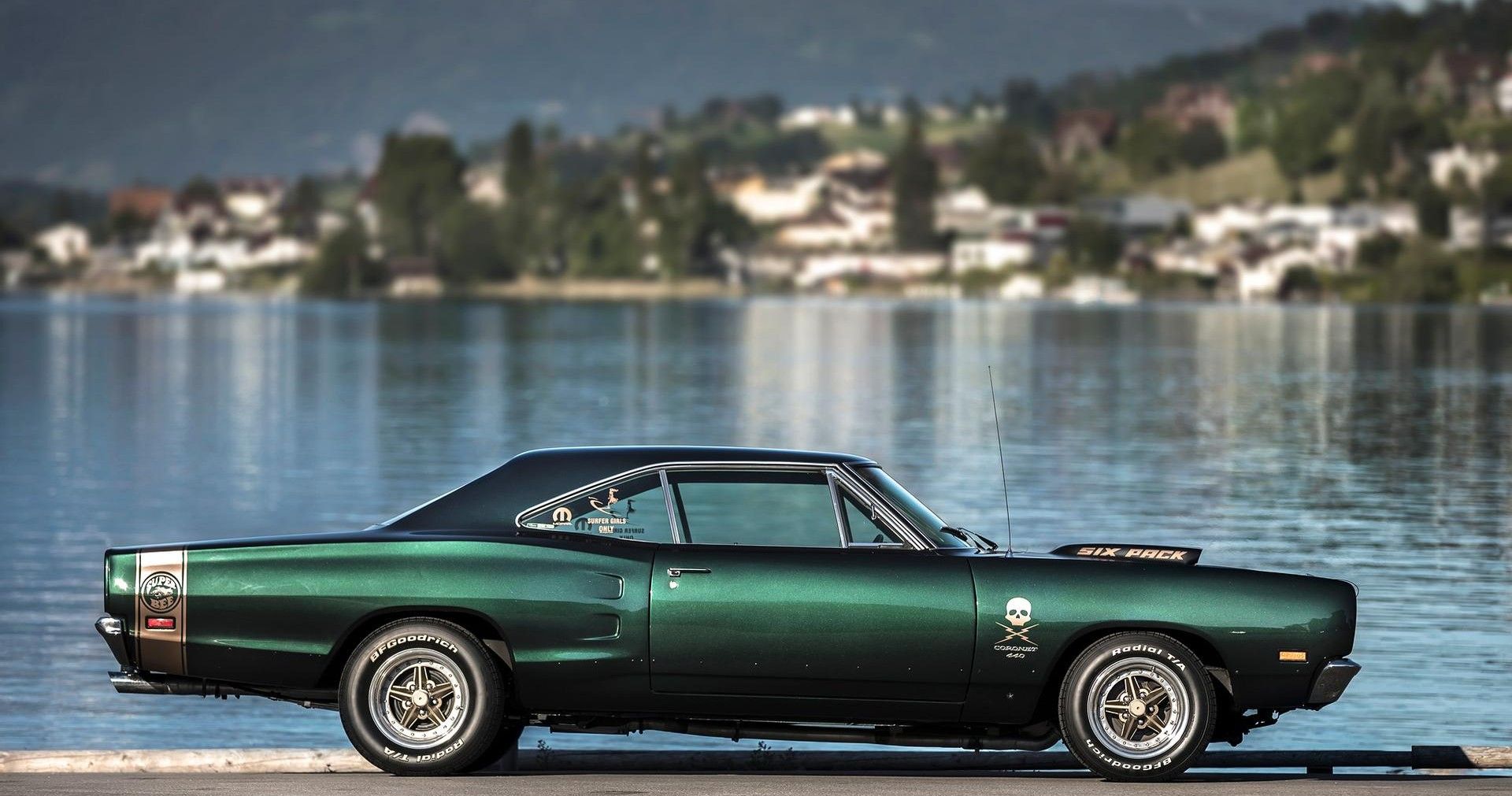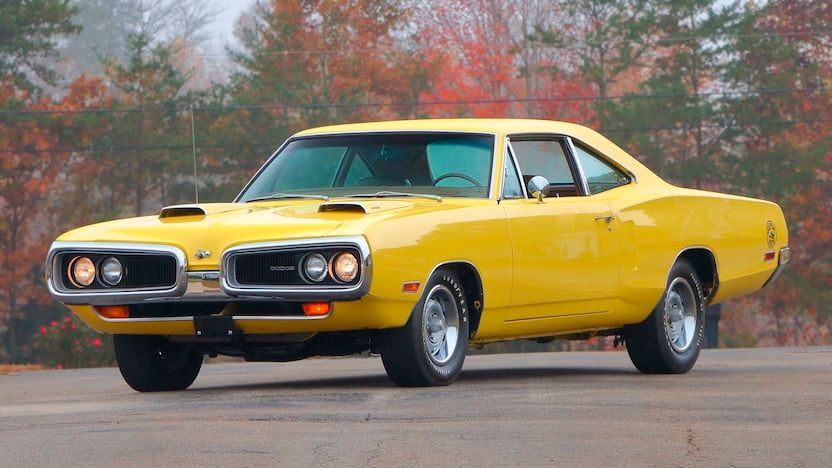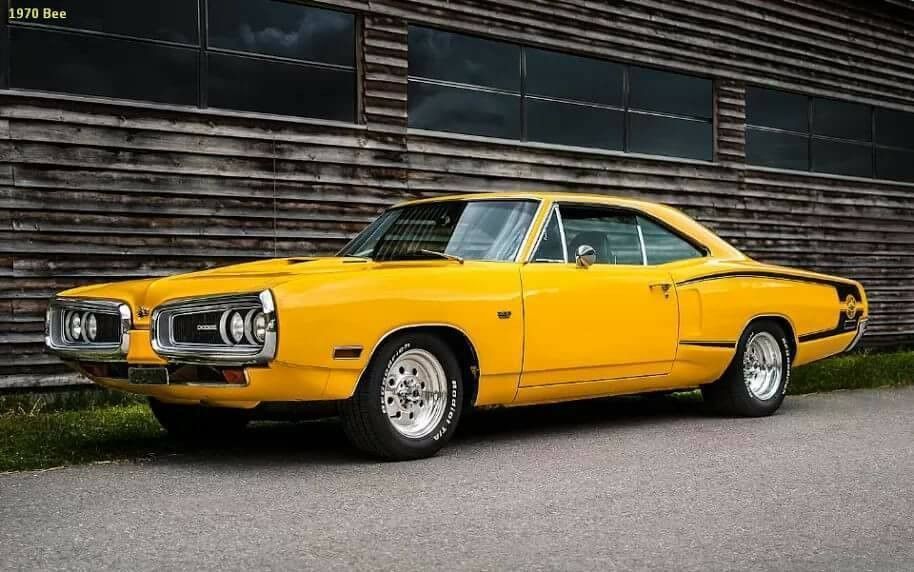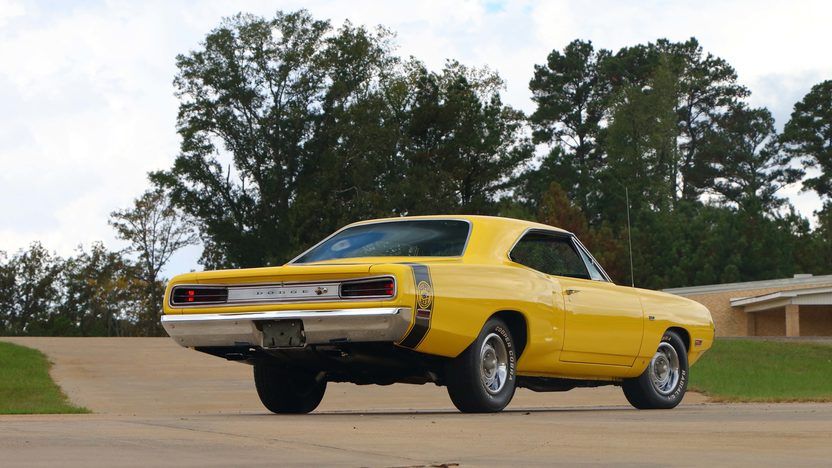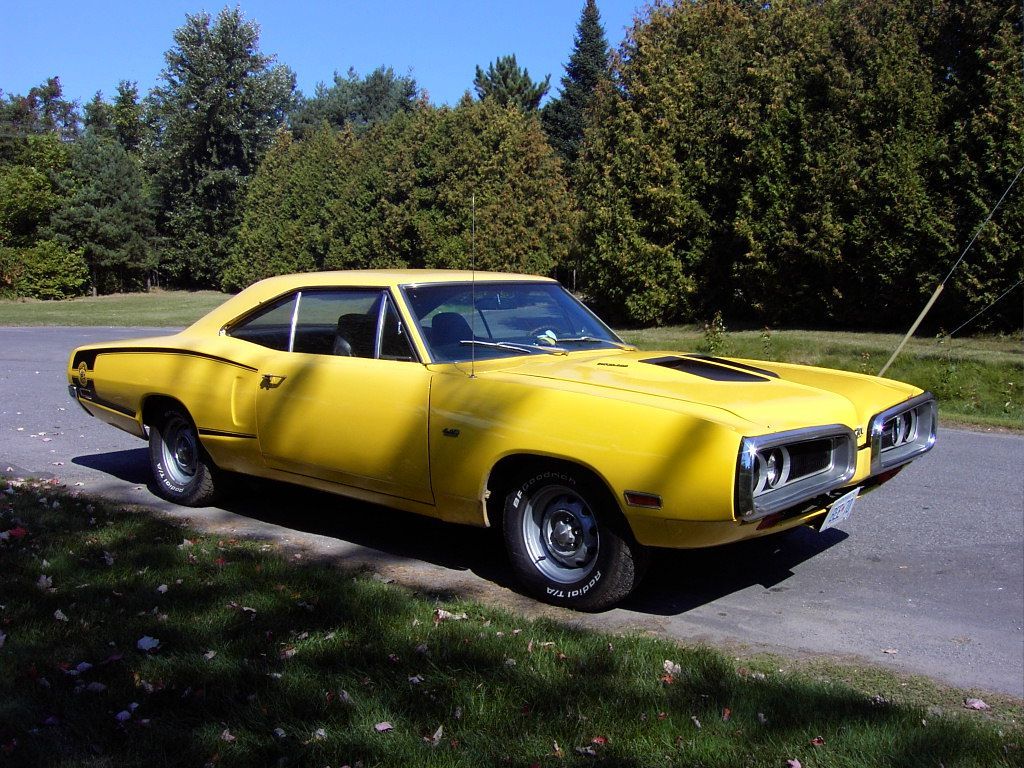If you know your muscle cars, you’re sure to remember the pony car era. In the 1960s, manufacturers were all around the idea of a performance coupe that was hot in demand. Ford gave the idea momentum with its Mustang and revolutionized the American motoring industry. Plymouth and Dodge quickly adopted the concept and started the churn.
Both were happy with their contributions to the Chrysler Corp and was chugging along well. The Super Bee was an idea spawned from the success of Plymouth’s Road Runner. Budget muscle cars were at large and Dodge wanted a slice of the pie. Lo and behold, the Super Bee came into existence.
The Dodge Super Bee was in production from 1968 to 1970 and falls under the list of forgotten muscle cars. However, prime examples of the Super Bee go from anywhere between $30,000 to as much as $100,000, depending on the model. Let’s gloss over some facts.
It All Started In The Mid-1960s
Everybody is aware of the fact that Ford gave birth to the popularity of muscle cars in the form of the Mustang. However, it was the Plymouth Barracuda was the first of its kind since its introduction was just 16 days before Ford unveiled the Mustang. With Ford churning out a lot of Mustangs, there was a market and many moved in. But in 1967, Plymouth made a very decisive move with the introduction of a budget muscle car.
The Plymouth Road Runner as it was called, was an affordable coupe that ventured on to generate good revenue. This in turn made manufacturers move towards affordable coupes in order to stay in business. Dodge, who made better performance cars than Plymouth had their own take on the idea along with others. Regardless of what these marques did, nobody could lay a hand on the Ford Mustang’s dominance.
Dodge Super Bee: Facts
Since both Plymouth and Dodge were under Chrysler, they shared platforms just like carmakers do today. It may come as a surprise that both the Dodge Charger and Plymouth Road Runner were based on Chrysler’s B-body platform. Now with the Road Runner’s market reception, Dodge General Manager Robert McCurry wanted a piece of the pie and requested the board to commission a similar product under Dodge. The request got approved and the Super Bee was born in 1968.
The original Super Bee was based on the Dodge Coronet coupe and saw a production run till 1971. The Super Bee was Dodge’s take on an affordable muscle car that rivaled the Plymouth Road Runner. Both the Road Runner and Super Bee were fairly similar in resemblance but the Super Bee was 65 pounds heavier and was an inch longer in terms of wheelbase. In order to differentiate each other, the Super Bee had larger rear wheel openings, the bumblebee tail stripe, and a fancier grille. Also unique to the Super Bee was its branding that included a prominent diecast “Bee” badge. The Super Bee came with a heavy-duty suspension, high-performance tires, and a Hurst Competition-Plus shifter with Hurst linkage that replaced the Road Runner’s inexpensive Inland shifter.
Even though the Super Bee was a rebadged Road Runner, Dodge added a lot of premium materials which raised its price to $3000. This took a toll on the sales as consumers wouldn’t side with a car that was basically the same but had a higher price tag. The Super Bee was initially offered with a choice of two engines; the base 335 horsepower 383 Magnum, and the 426 Hemi, rated at 425 horsepower. Transmission options were either a 4-speed manual or a 3-speed automatic.
The 1969 Super Bee saw a new six-barrel 440 cu.in V8 (called the six-pack) that made 390 horsepower with a newly introduced “Ramcharger” air induction hood. 1970 saw the Super Bee getting restyled with the iconic "bumblebee wing" inspired bumper design. However, due to higher insurance rates imposed for performance cars, sales saw a dramatic hit. In 1971, Dodge moved the Super Bee as a low-priced model in the Charger lineup since the Coronets were now sold as sedans and station wagons.
Good Examples Are High In Demand
Demand is particularly high for the 1969 Dodge Super Bee. If you come across a rare example, one that includes the A12 package with a “lift-off” hood, you’re looking at around $95,000 to $100,000. The A12 package includes a Dana 60 axle with a 4:10 gear-ratio, heavy-duty automatic transmission or a 4-speed manual, heavy-duty internal engine parts, 11-inch drum brakes, and black steel rims with high performance G-70 15" tires. Also, these cars were extremely rare as only 1,907 units of the 1969 Dodge Super Bee 440 Six Pack with the A12 package were produced. Regardless of the year, Super Bees with Hemi V8s are also on the rise as demand is increasing with each passing day. Of course, these are road-ready cars and if you come across any abandoned garage finds, that’s a different story.
Sources: Muscle Car World, Wikipedia, Hemmings

